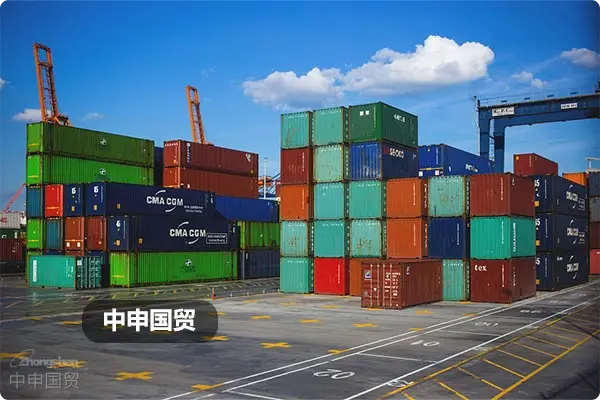- Shanghai Zhongshen International Trade Co., Ltd. - Two decades of trade agency expertise.
- Service Hotline: 139 1787 2118

Strategic Choices Under the New Global Market Landscape
The global market size for childrens play equipment is expected to exceed $32 billion in 2025, with China as the main supplier occupying 38% of the market share. With the US CPSC strengthening physical safety testing and the EU EN 1176-2024 standard updates, importers face three major challenges:Certification Timeliness,Transportation safety,Tariff compliance. Professional agency services can shorten customs clearance cycles by 45% and reduce logistics loss rates by 30%.
Core Risk Identification and Response Strategies
- Certification Traps
- North American market: ASTM F1487-24 edition adds dynamic load testing
- Southeast Asian countries: Need to obtain both GS certification and local SIRIM certification
- Transportation risk matrix
- Maritime Transportation: 20GP container loading capacity reduced by 12% (new packaging specifications)
- Land transport:China-Europe Railway ExpressPriority loading policy applies to amusement equipment
Golden rules for tariff optimization
Major importing countries tariff adjustments in 2025 show differentiated characteristics:
- United States: Plastic component tariffs increased to 8.5%, metal frames maintained at 6%
- Australia: Special preferential tariff rate of 5% applicable under free trade agreements
- Middle East countries: GCC certified products enjoy 15% tariff reduction policy
Value evaluation system for agency services
When selecting professional agents, focus on evaluating four key competency dimensions:
- (Such as the docking situation of the US FDA pre - declaration system)Whether possessing AEO Advanced Certification qualification
- Compliance support: CE certification technical document update response speed
- Logistics solution: Special equipment transportation insurance coverage
- Emergency Handling: RAPEX notification system integration capability
Case study: Full-process analysis of Southeast Asia project
A Malaysian client purchasing combination slide equipment (value $280,000) achieved through professional agent:
- Utilized ASEAN origin rules to save $14,300 in tariffs
- Adopted frame box transportation for special-sized components to reduce damage rate
- Coordinated with TüV for on-site inspection to shorten certification cycle
Future procurement trend forecast
The industry will exhibit three major characteristics in 2025:Modular designDominating transportation solutions (40% volume reduction),Refurbished old equipment requiresGiving rise to new HS codes,Regional certification mutual recognitionAccelerating market access. Importers are advised to establish dynamic risk assessment mechanisms and form strategic partnerships with agents possessing global service networks.
Related Recommendations
? 2025. All Rights Reserved. Shanghai ICP No. 2023007705-2  PSB Record: Shanghai No.31011502009912
PSB Record: Shanghai No.31011502009912










